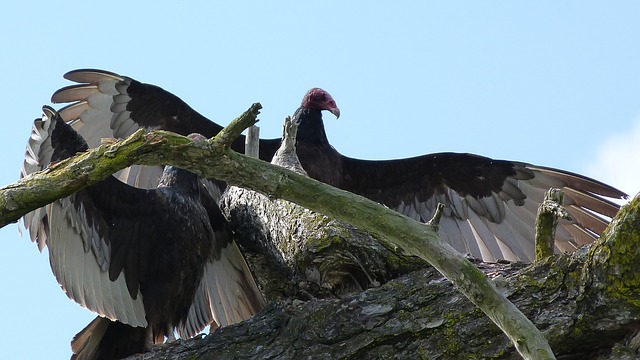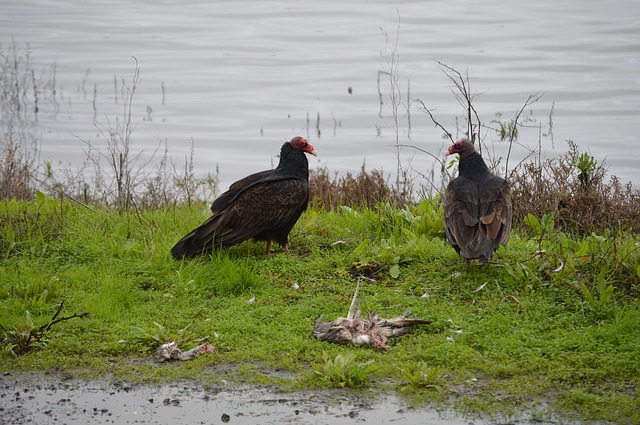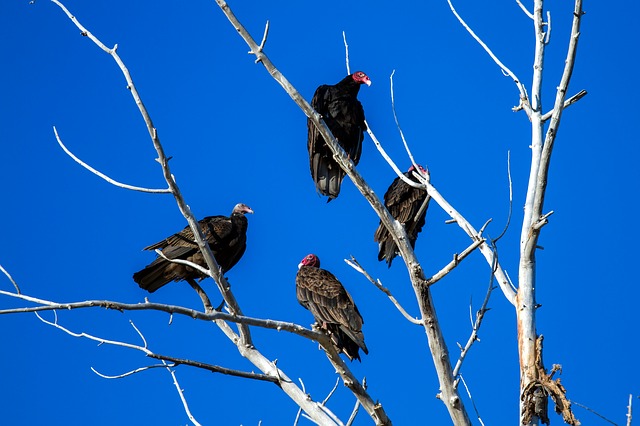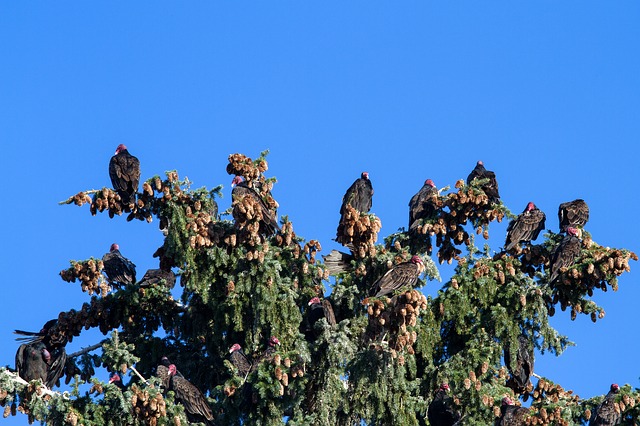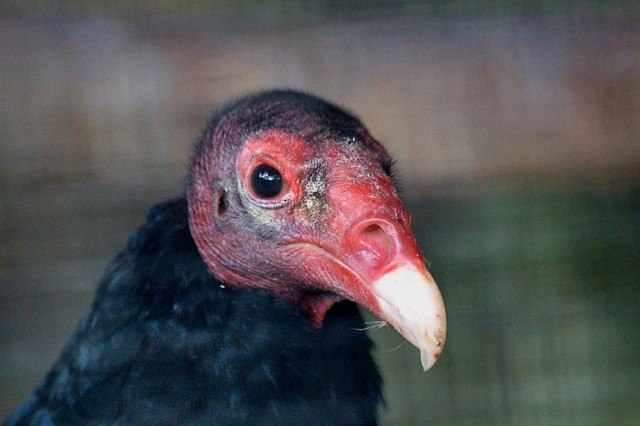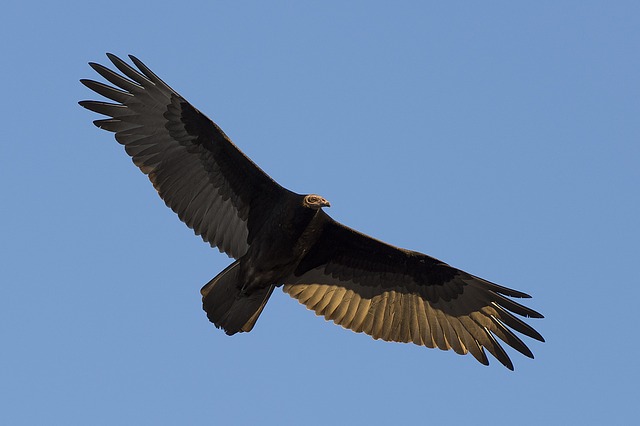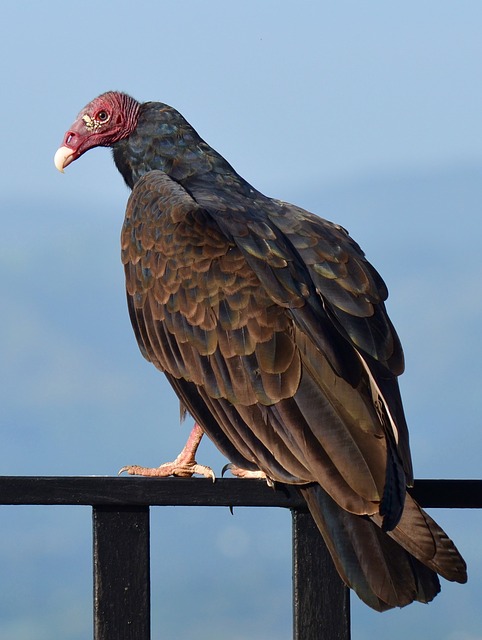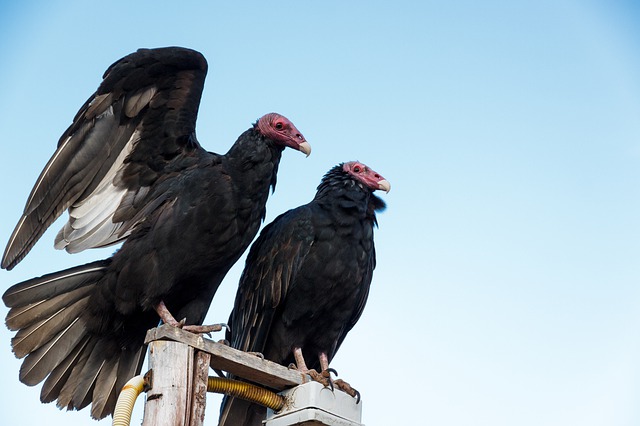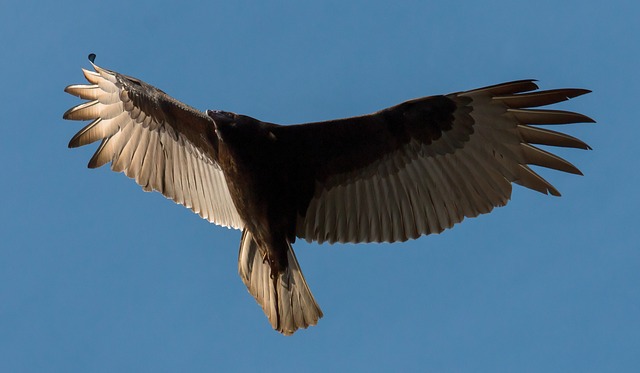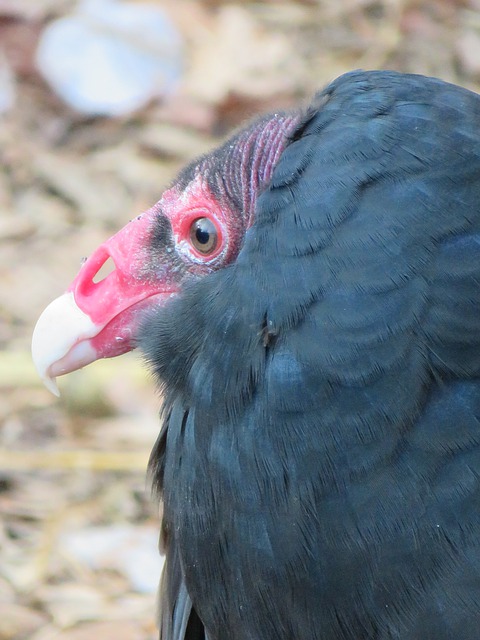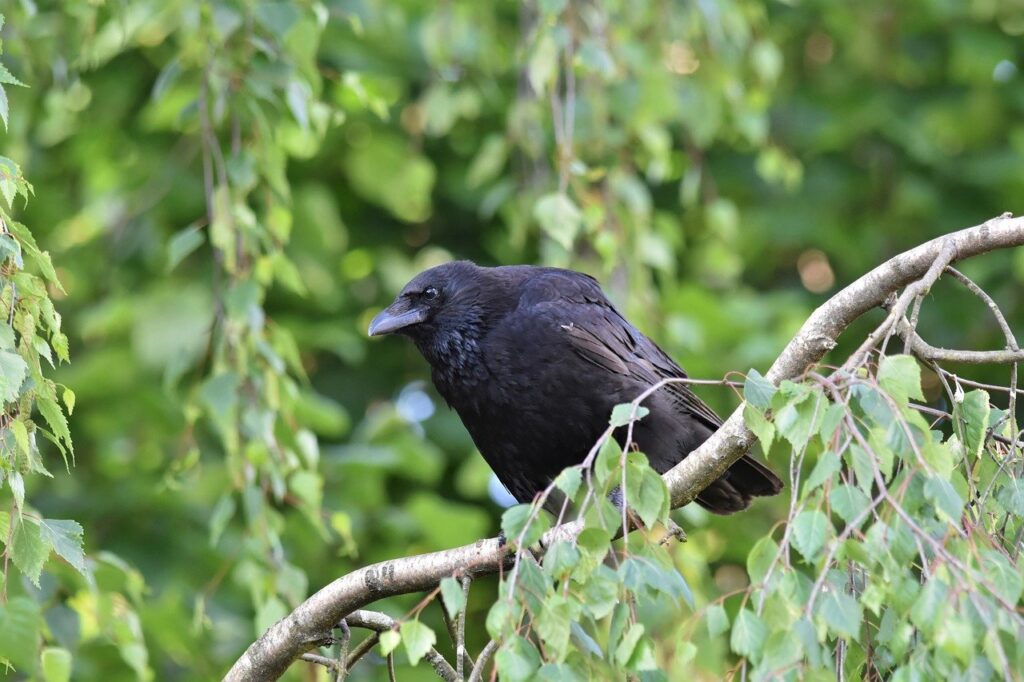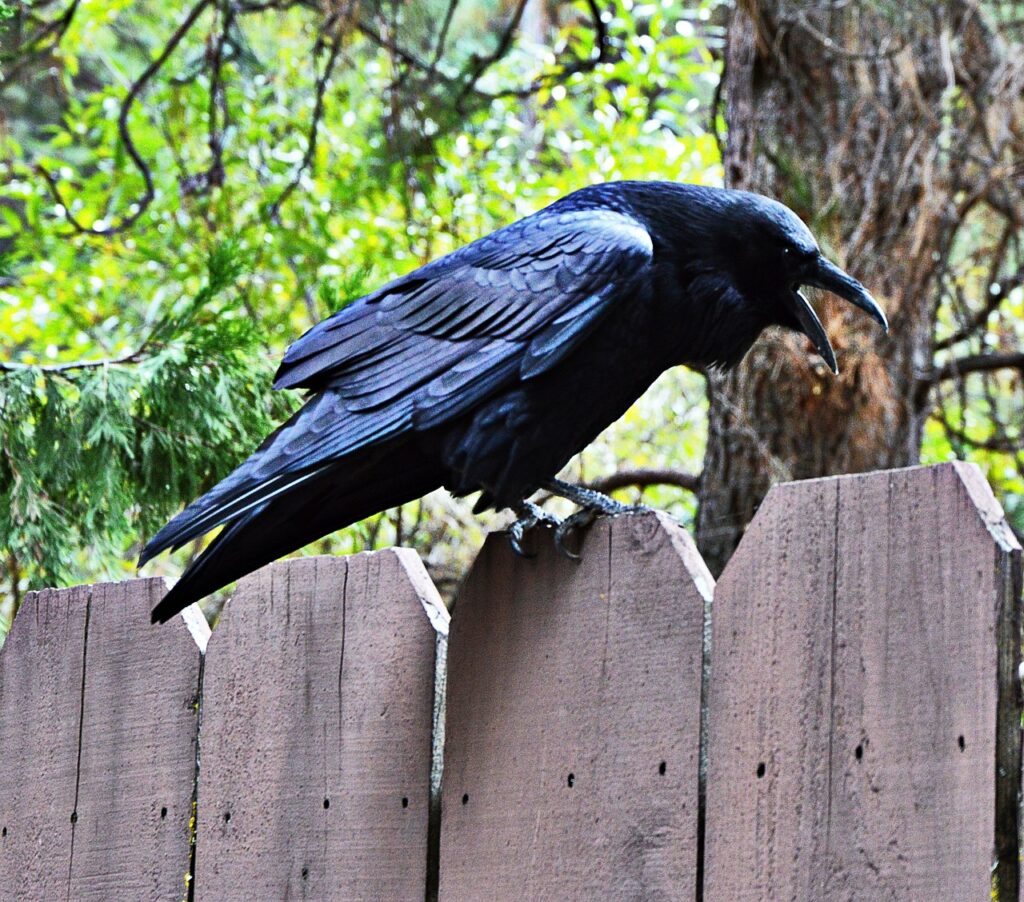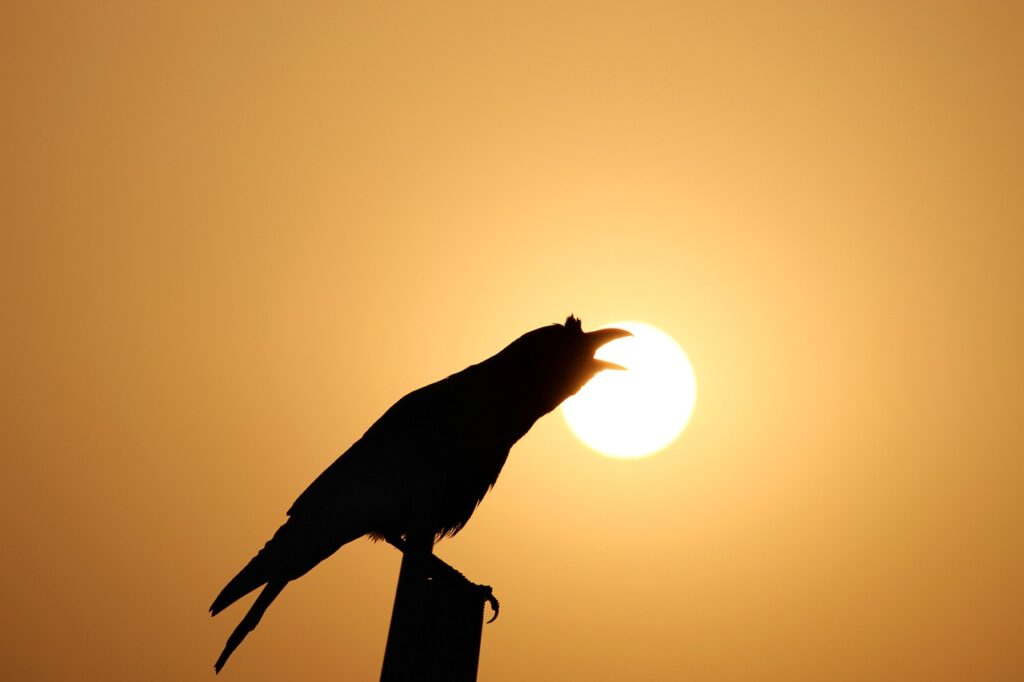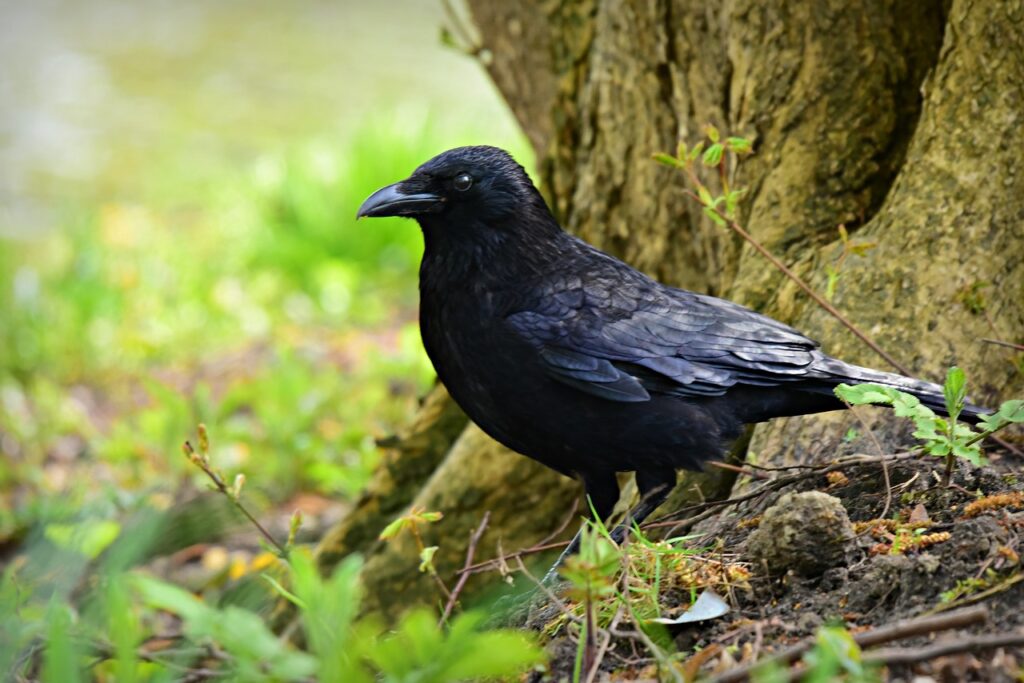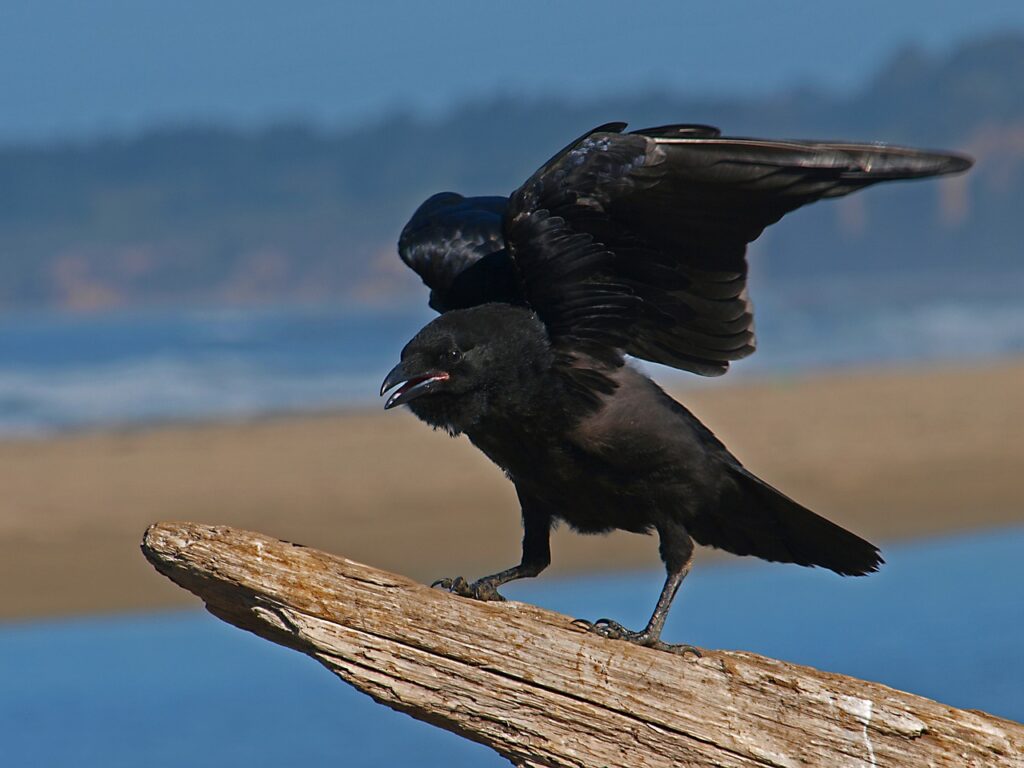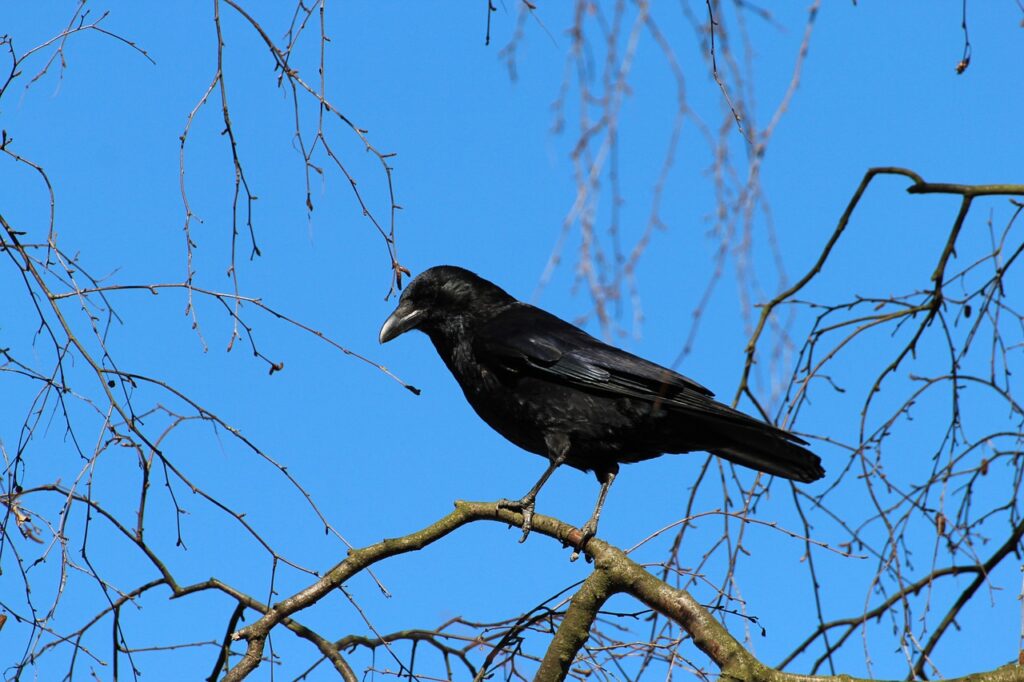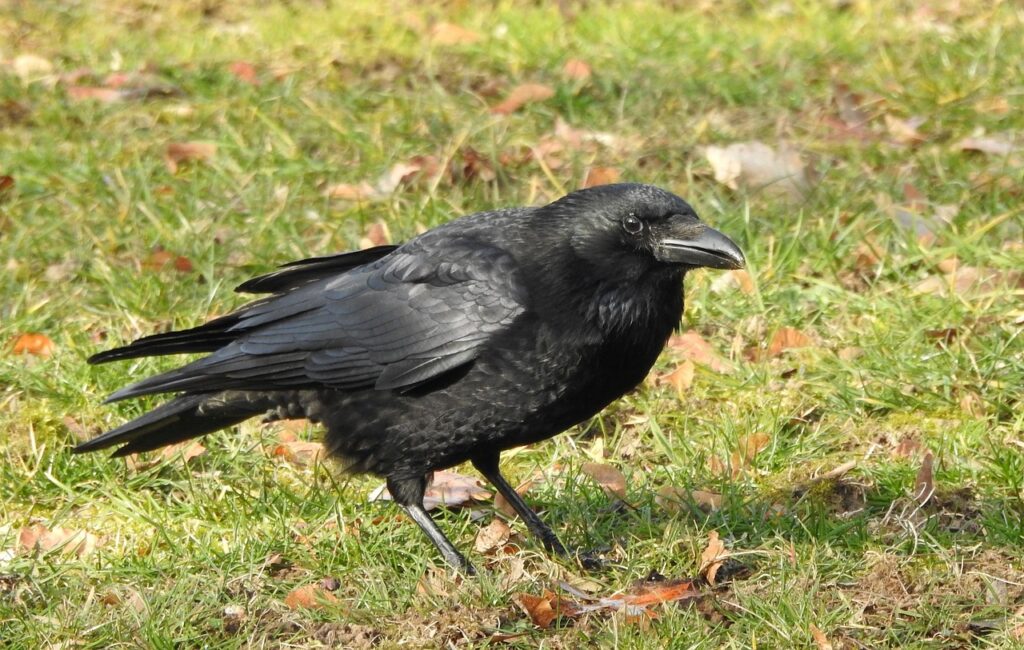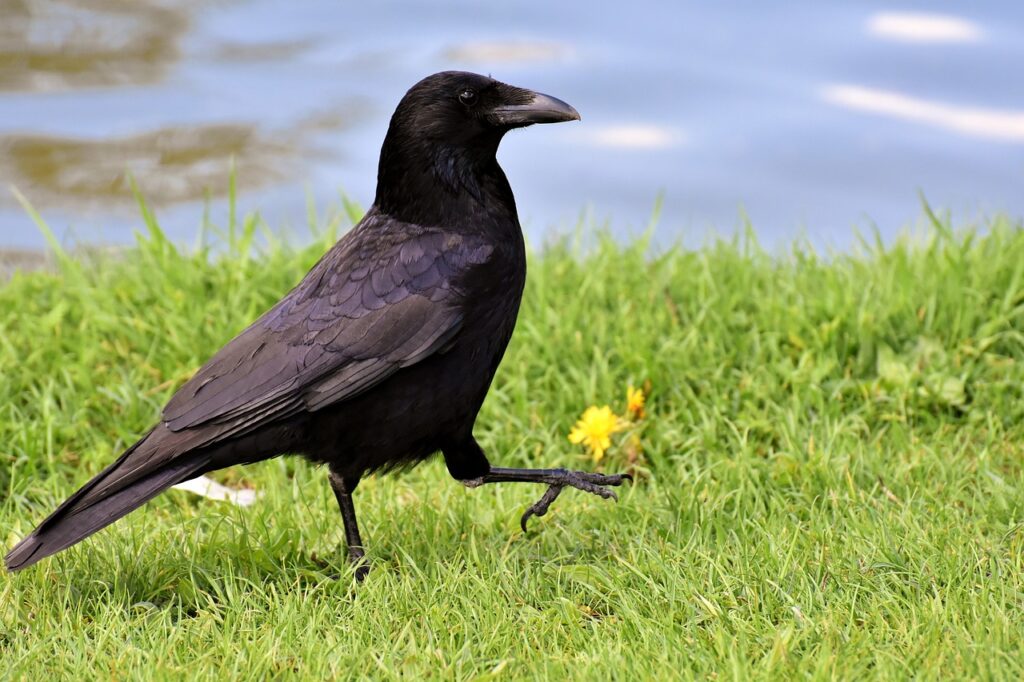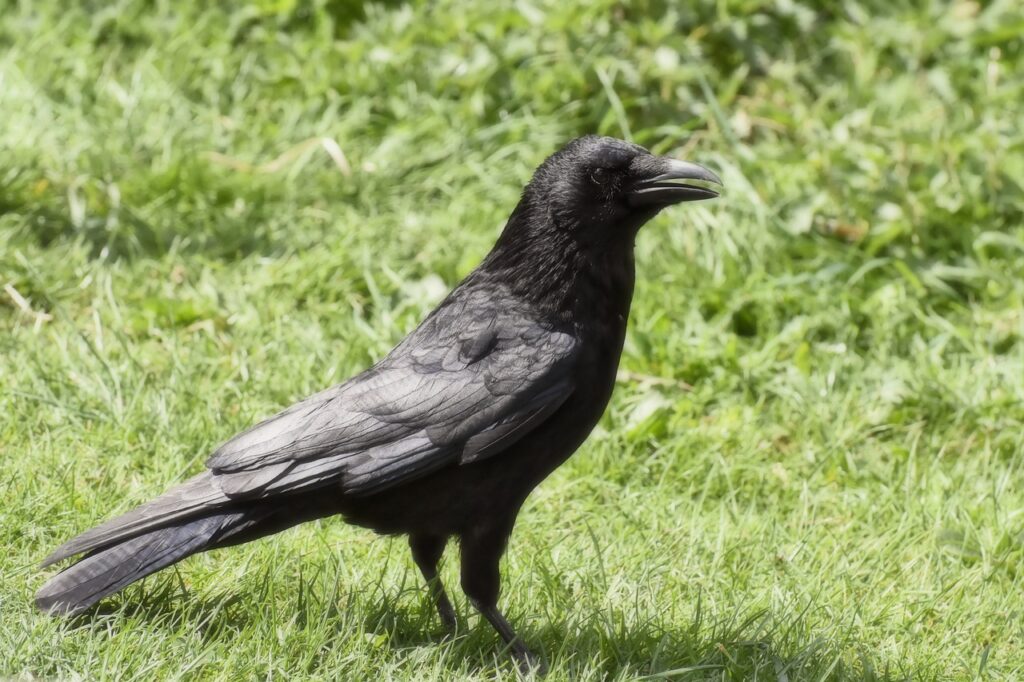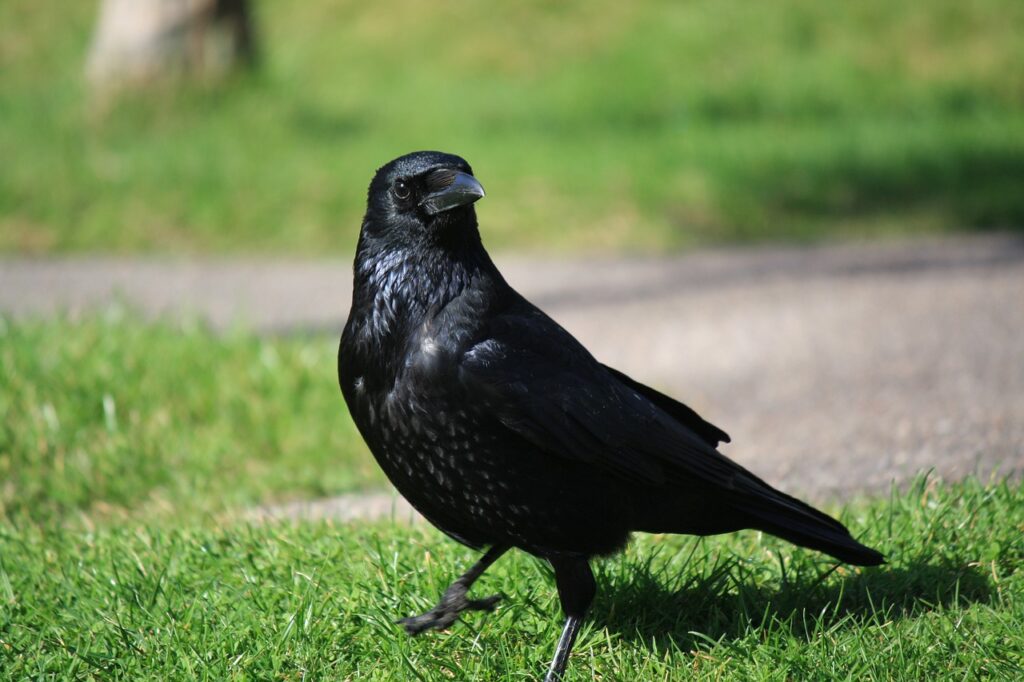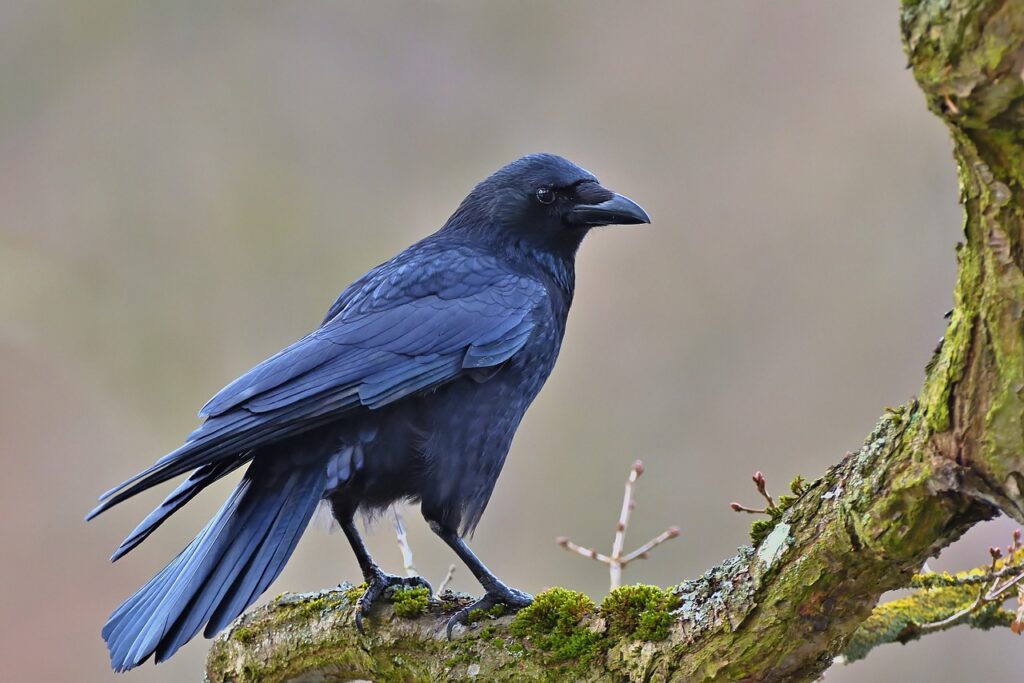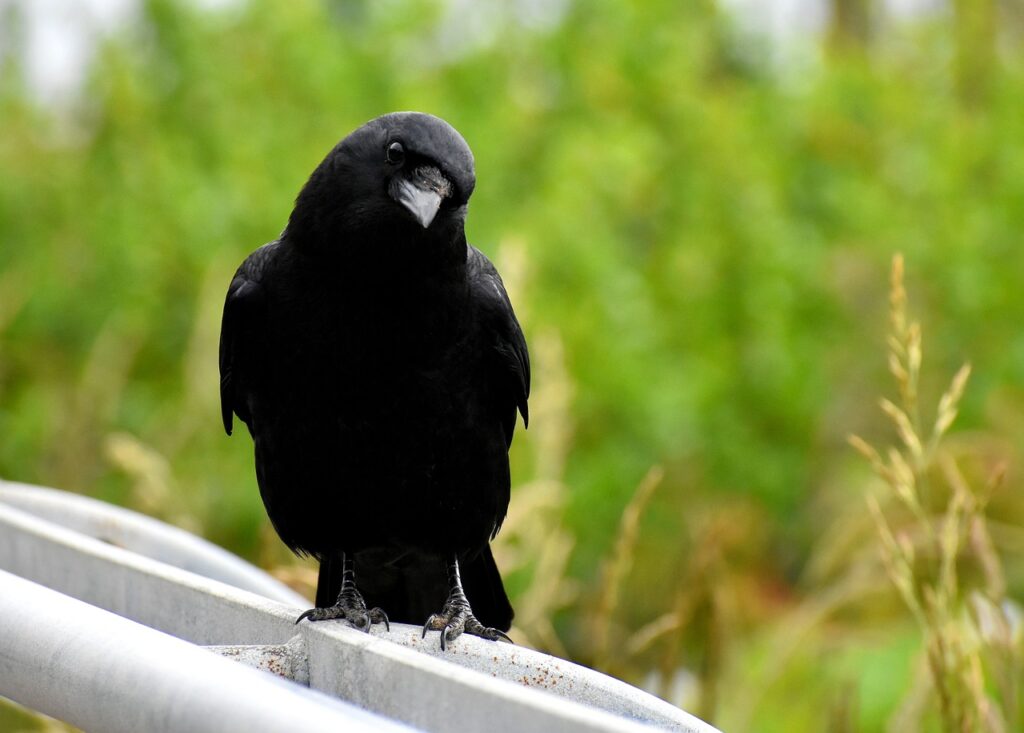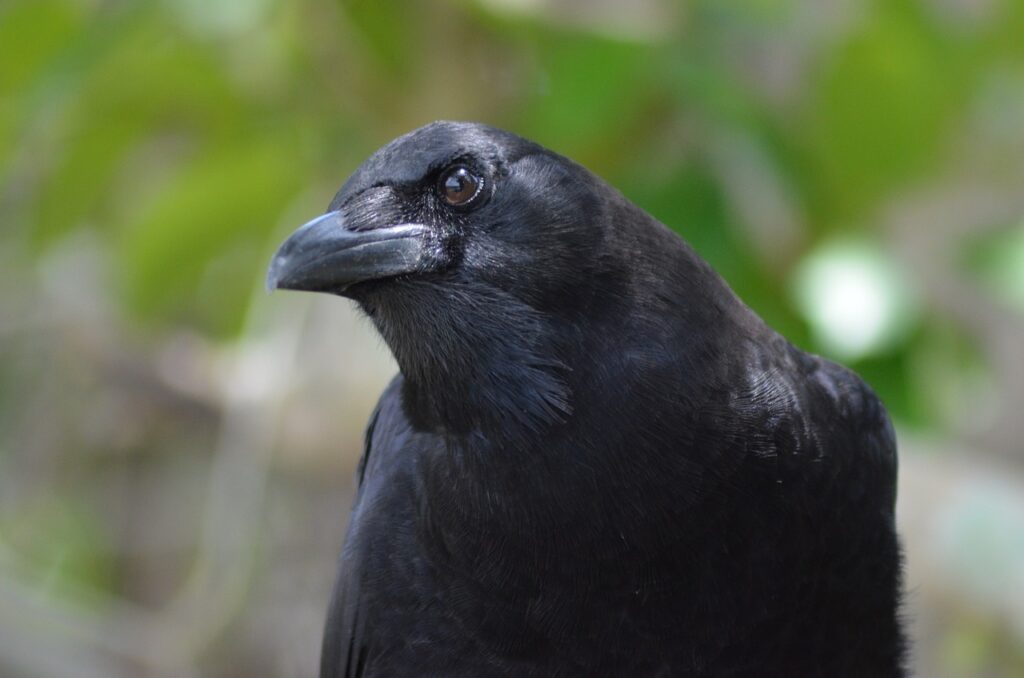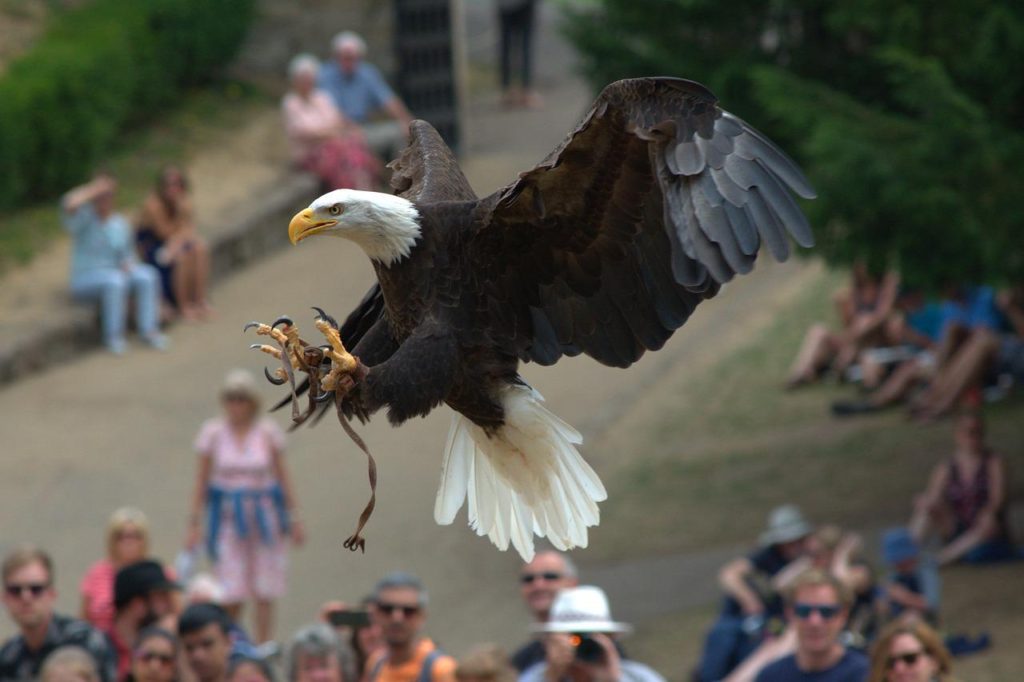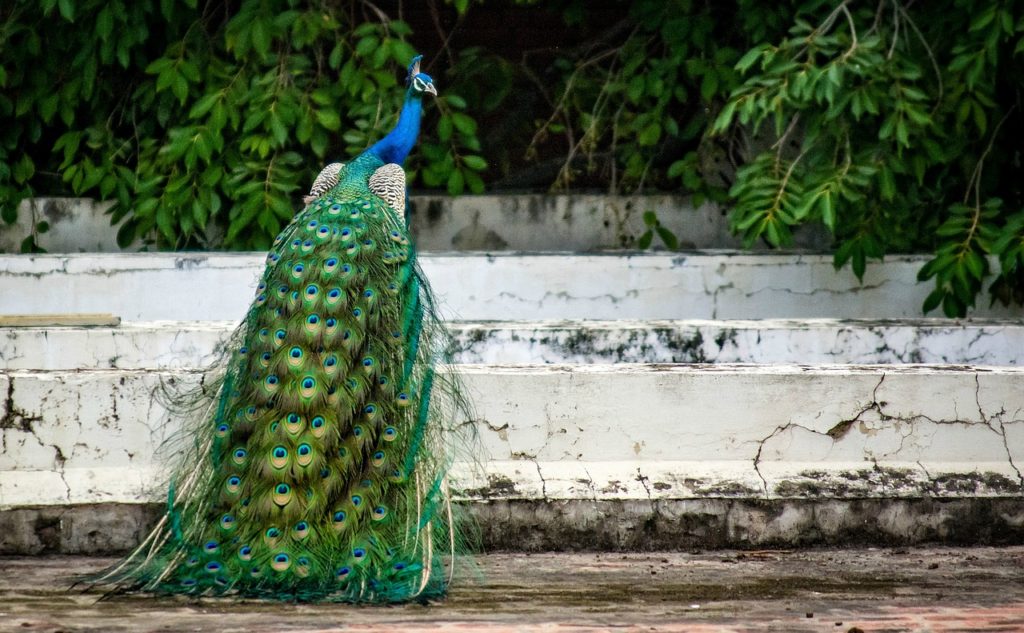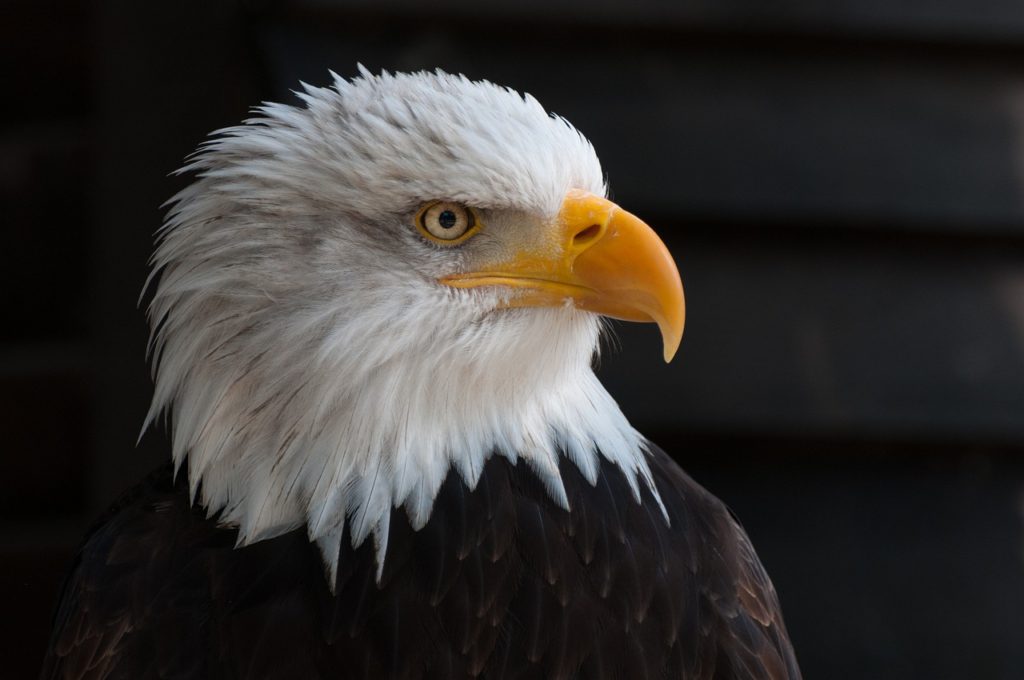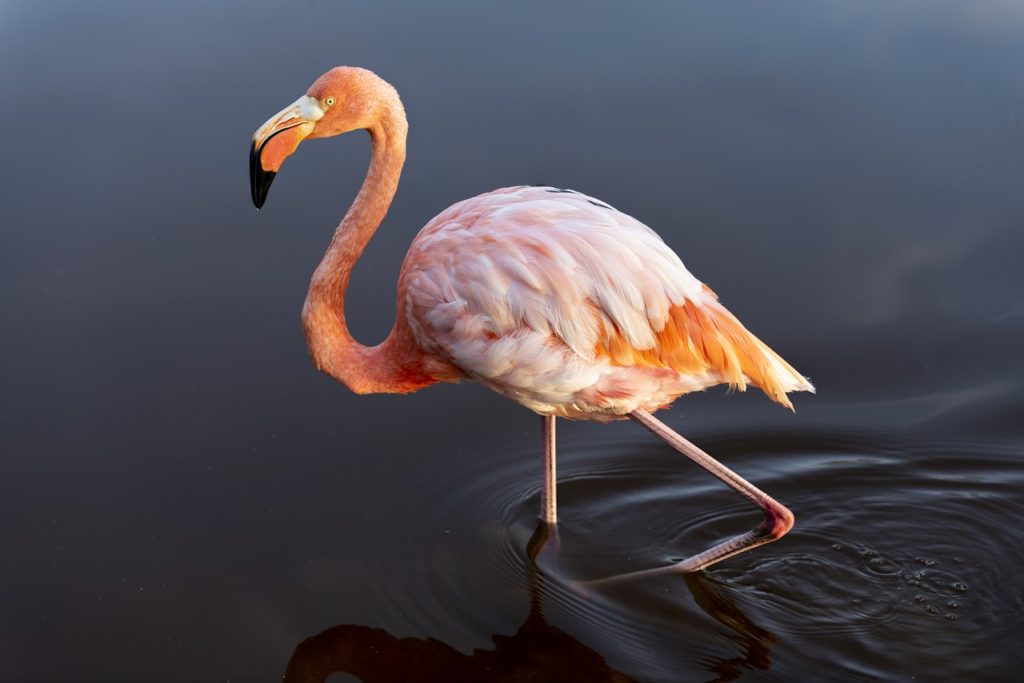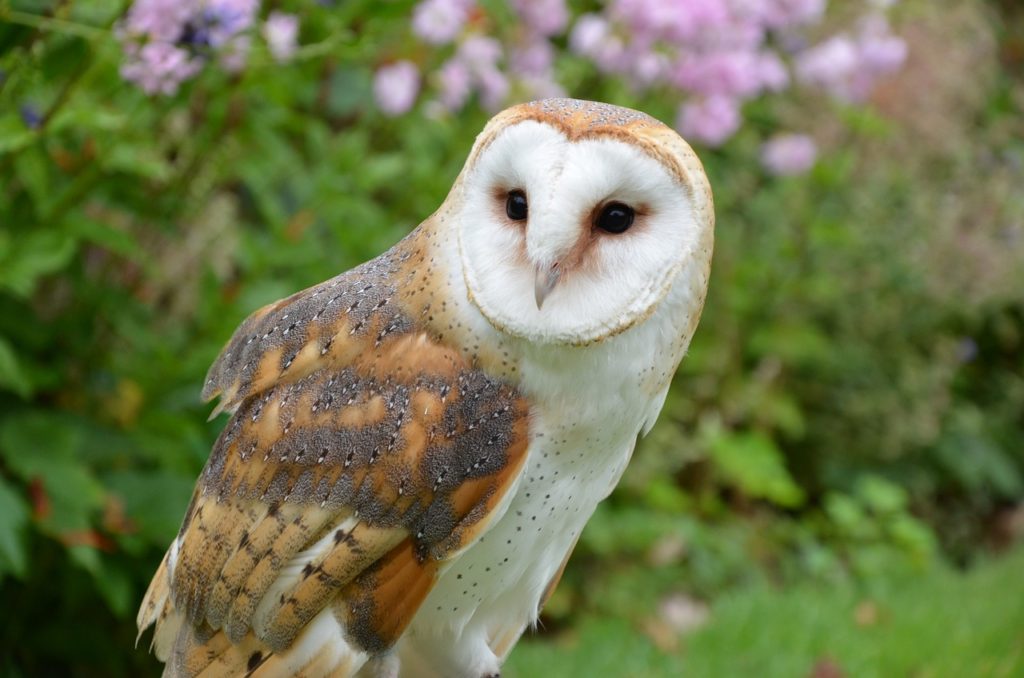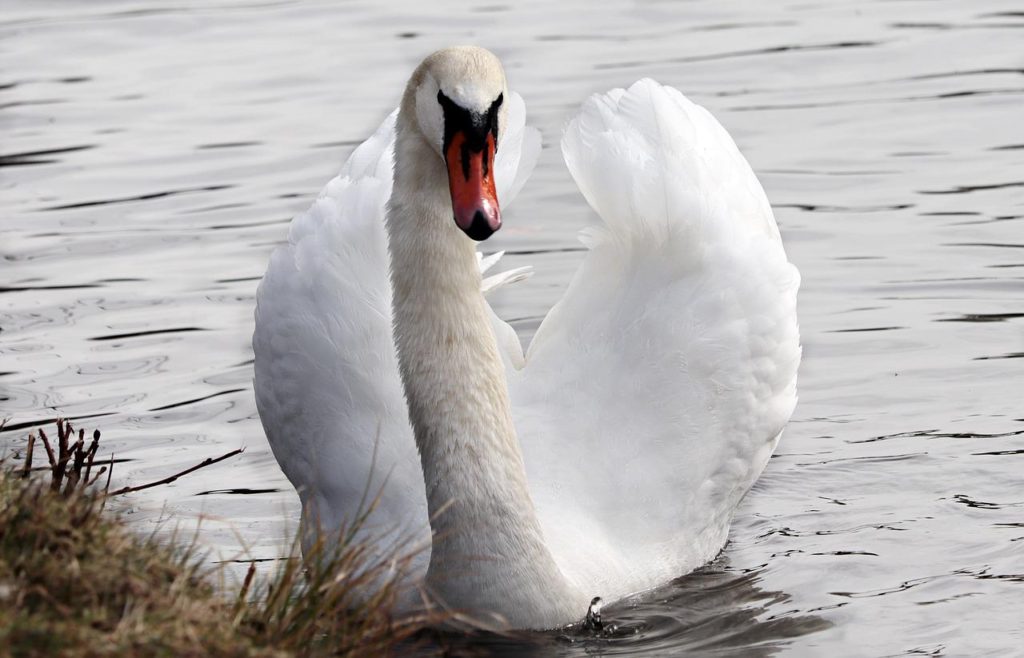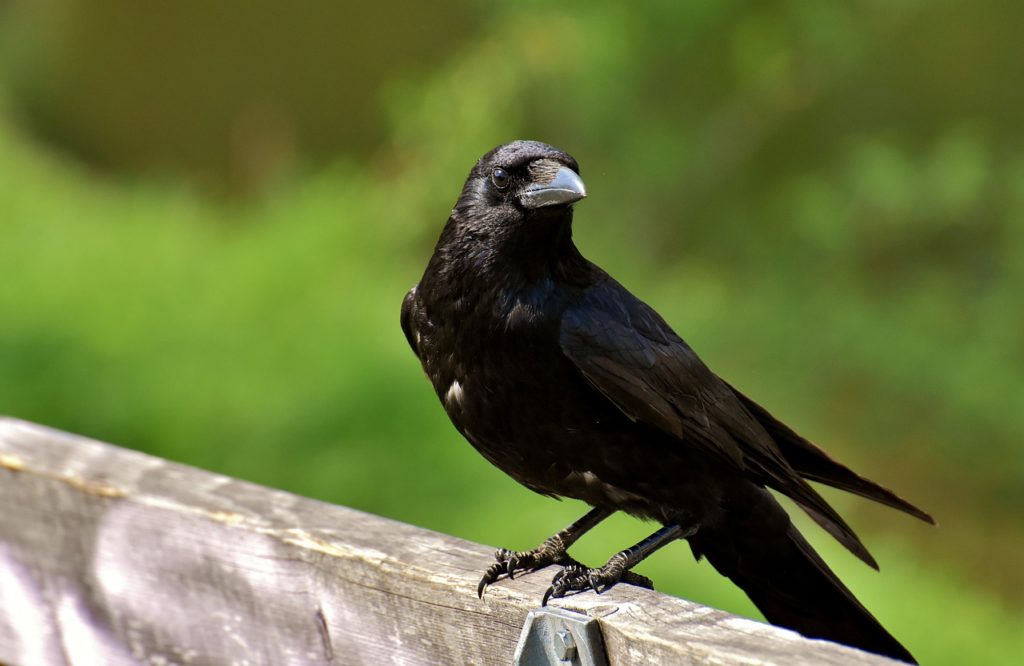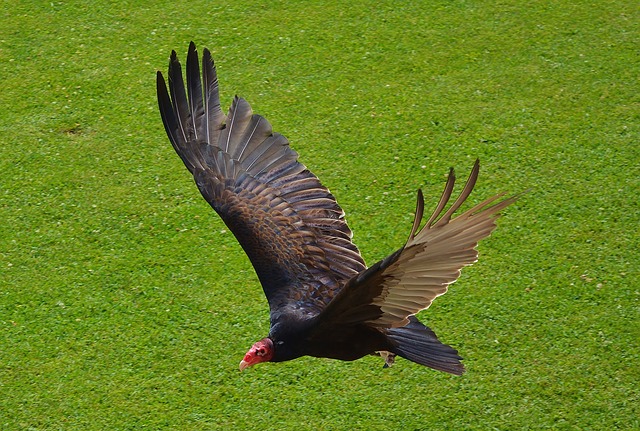
The turkey vulture is a widespread and distinct-looking bird of prey. And there are many more amazing things about this special species. So we’ve collected some of the best turkey vulture pictures to show you just how unique they are.
Turkey Vultures Sunning
To warm up their bodies turkey vultures will sun themselves. Typically this is done in the early morning. They will sit with their wings spread wide, which helps to increase the amount of surface area of their body that is coming into contact with the sun’s warm rays. This is known as the “horaltic pose”.
Turkey Vultures Eating A Dead Bird
Turkey vultures are scavengers that feed on rotting animal carcasses. This helps to not only keep the environment clean but also to stop the spread of harmful bacteria and diseases. They are sometimes seen by the side of the road eating roadkill or near bodies of water feeding on fish that have washed up on the shore.
However because they are quite shy birds, there aren’t many turkey vulture pictures that show them eating in the wild. Instead, most are taken in zoos, which is also where scientists have learned much of what they know about this species.
Juvenile Turkey Vulture With Adults
You can tell a young turkey vulture apart from older birds by its coloration. Juveniles have a gray head along with a dark-colored beak and feet. However, once they reach around fifteen months of age their head and feet will turn red and their beak will turn white. Because of their dark colors, young turkey vultures are often misidentified as black vultures.
Turkey Vulture Roost
Turkey vultures are year-round communal roosters. While they typically forage alone during the day, at night they roost in large numbers. This helps to protect them from predators. The vultures usually prefer to roost in large dead trees or manmade structures such as cell phone towers.
Turkey Vulture Head
Sometimes this species is called the Red-headed turkey vulture to help distinguish it from its close relatives the yellow-headed and the greater yellow-headed vulture. Its distinct red head looks quite similar to that of a turkey which is how it got its name.
Turkey Vulture In Flight
When seen from below a flying turkey vulture can be identified by its silvery-gray flight feathers which stand out against the dark wing lining and the black feathers of its body. Its head looks small in comparison to its body and the wings are held in a wide “V,” shape.
Large Turkey Vulture
Turkey vultures are an excellent example of Bergmann’s Rule. This states that the further north that some species live the larger in size they get, because of the colder climate. This is certainly true for the turkey vulture as birds that live in northern regions are bigger and heavier than those that live in warmer southern regions.
Pair Of Turkey Vultures
Both male and female turkey vultures are similar in size. This is unlike many other birds of prey, such as eagles, where the female is larger than the male. Both sexes also have the same colors and markings.
Turkey Vulture Circling
The wide-winged yet lightweight turkey vulture is built perfectly for soaring and circling on updrafts of warm air as they search for food. Their incredible sense of smell allows them to find animal carcasses that are not visible from above. They can actually detect the gases given off by decaying animals within the first twelve to twenty-four hours of death.
Turkey Vulture Beak
The turkey vulture’s beak is long and hooked to help it tear away flesh. It is white in color which contrasts with the dark color of its body. And because the beak is not divided by a septum, when looking at pictures of a turkey vulture which are taken from the side, instead of head-on, you can actually see directly through it.
Start Shopping for Birding Supplies!
Crow Symbolism: Everything You Need To Know
Ever wondered why the crow has captured the imagination of so many cultures throughout history? Let's embark on a fascinating journey through the world of crow symbolism, unraveling its mysteries and discovering its significance across various cultures, religions, and...
Creepy Facts About Crows
Crows are highly intelligent birds that have thrived alongside us humans. However, while they are fascinating creatures, at the same time, there are many things about them that many people find quite unsettling. That being said here as some of the most creepy facts...
Why Are Crows So Loud?
As anyone who has heard their loud "caws," can tell you, crows are very noisy birds. In fact, they are considered one of the loudest of all bird species. But why are crows so loud? Read on to find out. The Importance Of Vocalizations Crows use vocalizations to pass on...
Do Crows Remember Faces?
Crows are known for their intelligence. But do crows remember faces? You bet they do! Here's what you'll want to know. Crow Intelligence Crows are brilliant birds. In fact, their level of intelligence is often compared to that of primates. They are so smart that they...
Why Are Crows Black?
American crows are birds with all-black plumage. But why are crows black? Well, there are several reasons. Read on to find out. Bird Color Basics Birds are some of the most colorful creatures on the planet. And they come in an amazing range of colors from white to...
Are All Crows Black?
When it comes to crows, most people are familiar with the image of a sleek-looking solid black bird. But are all crows black? No, they aren't. Here's what you'll want to know. The American Crow Is Not All Crows The American crow is found throughout most of North...
How Long Do Crows Live?
How long do crows live? That's one of the many questions people ask about these familiar all-black birds. Here's what you'll want to know about the lifespan of crows and what affects it. How Long Do Crows Live In The Wild? In the wild American crows have a lifespan of...
Enemies Of Crows
Crows are a common sight in many parts of the world. However, most of us don't realize that these distinctive jet-black birds face a range of threats even when they are in our own backyards. The following are the main enemies of crows. Natural Predators of Crows One...
Predators of Crows
In many places, crows are such a common sight that it can be easy to forget that they actually have many predators. And being "on the menu," for a range of other animals is actually why these birds are so wary. That being said, here is everything you'll want to know...
Are Crows Territorial?
Are crows territorial? The answer is yes. However, just how territorial they are can depend on several factors. Here’s what you’ll need to know. Territoriality In Birds Territoriality is the behavioral trait of defending and maintaining a specific area territory...
What Eats Crows?
Crows are large and highly intelligent birds that eat a wide variety of foods including many other animals. So, what eats crows? Here are the most common crow predators and what you’ll want to know about them. Birds Of Prey The birds of prey are a group of predatory...
Are Crows Friendly?
Crows are commonly seen, and heard, in close proximity to us in our towns and cities. But are crows friendly? The answer may surprise you. Crows Are Highly Social Birds Crows are social birds that live in family groups. And they are well known for forming close bonds...
Do Crows Mate For Life?
Do crows mate for life? Yes, they do. And this behavior is highly advantageous to them. Here's what you'll want to know. How Do Crows Attract A Mate? Crows are social birds; most of the year, they live in small family groups. During the breeding season, however,...
Birds With Talons
All birds have claws. However, only a few types have the scary-looking and dagger-sharp claws called, “talons”. So here are the birds with talons and what you’ll want to know about each of them. What Are Talons? Talons are the claws of a group of predatory birds known...
Birds With Tails
Just like birds themselves, birds’ tails come in a wide range of shapes and sizes. And some tails of course are more interesting and remarkable than others. The following are birds with tails that never fail to impress! Long-Tailed Tit The long-tailed tit, also known...
Birds With White Heads
There's no doubt about it, birds with white heads really stand out. From small to large they are quite a unique bunch. So here are some of the most fascinating white-headed birds and what you'll want to know about them White-Headed Vulture The white-headed vulture is...
Birds That Look Like Flamingos
Flamingos are wading birds with long necks and legs. These social birds live in groups and have strongly hooked downward-facing beaks which they use to feed on shrimp and other small water creatures. And they are famous for their stunning pink color. With such a...
How To Attract Owls To Your Yard
Owls are nocturnal birds of prey that can be extremely helpful when it comes to controlling rodent populations in a natural way. That is of course if you can attract them to your property by creating an owl-friendly habitat. So keep reading to find out how to attract...
Why Would A Swan Be Alone?
It's widely known that swans are incredibly social and romantic creatures, so it can be disconcerting when you encounter a solitary swan. However, there are several reasons why this might be. So why would a swan be alone? Here's what you'll want to know. But first,...
How To Attract Crows To Your Yard
Crows aren’t always pests as many people believe. In fact, these super smart birds can actually help to rid your property of many common backyard and garden pests themselves. So here’s your step-by-step guide on how to attract crows to your yard! Step 1. Create A...
